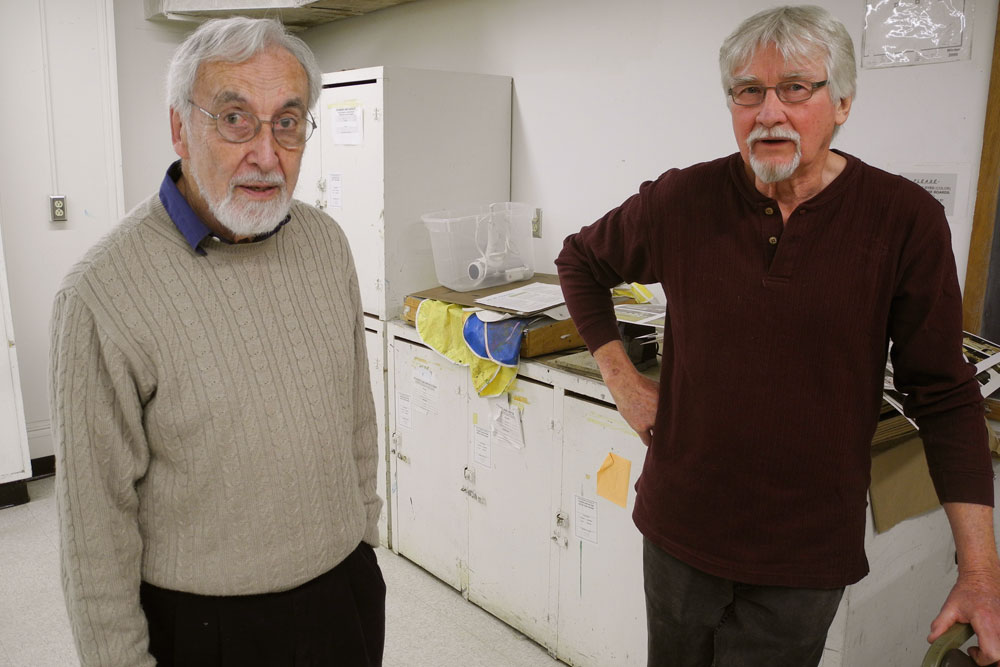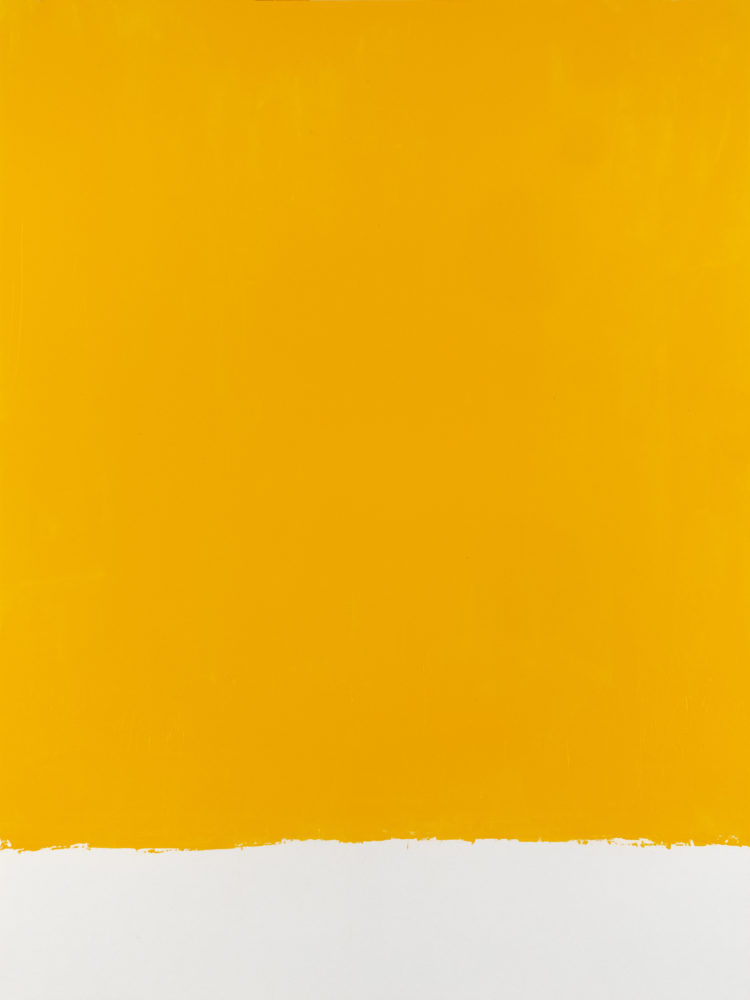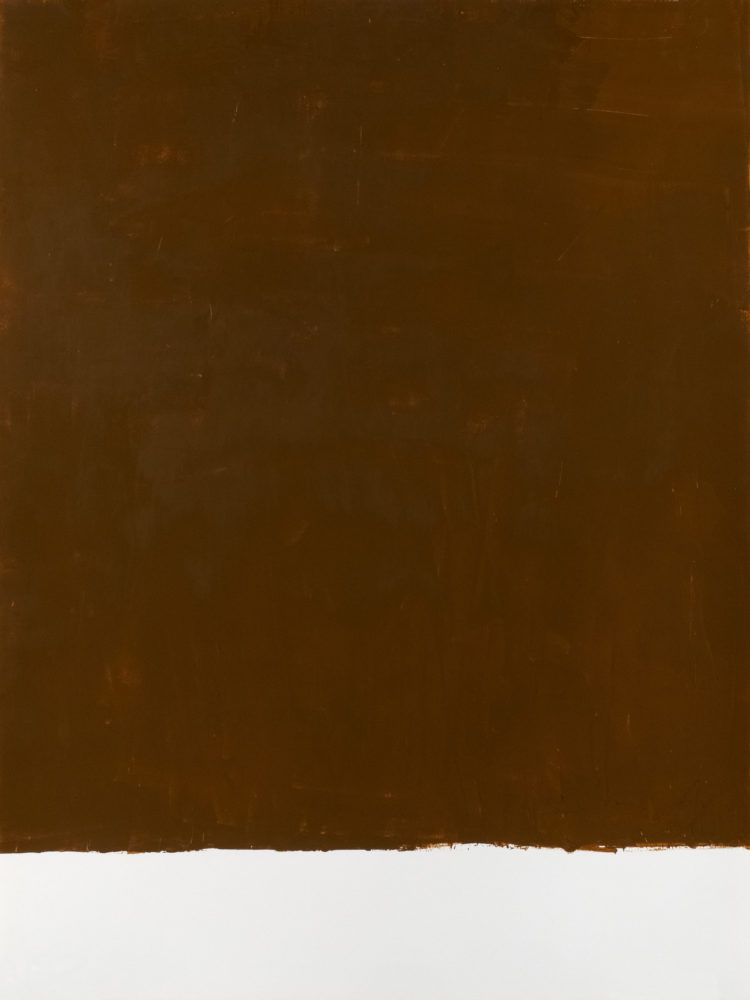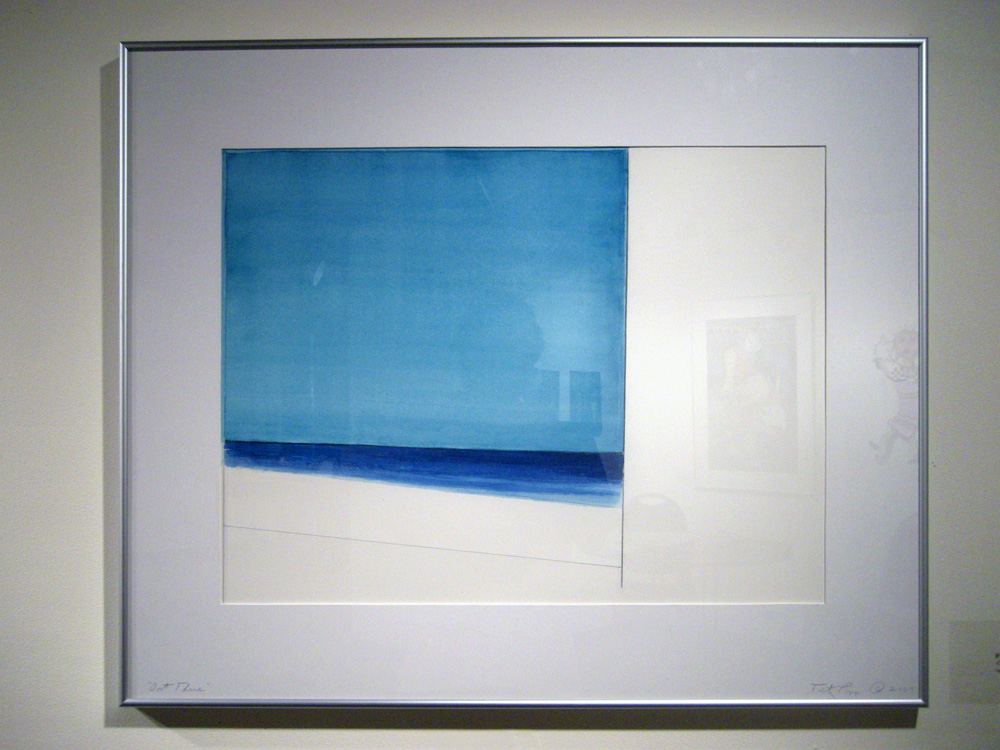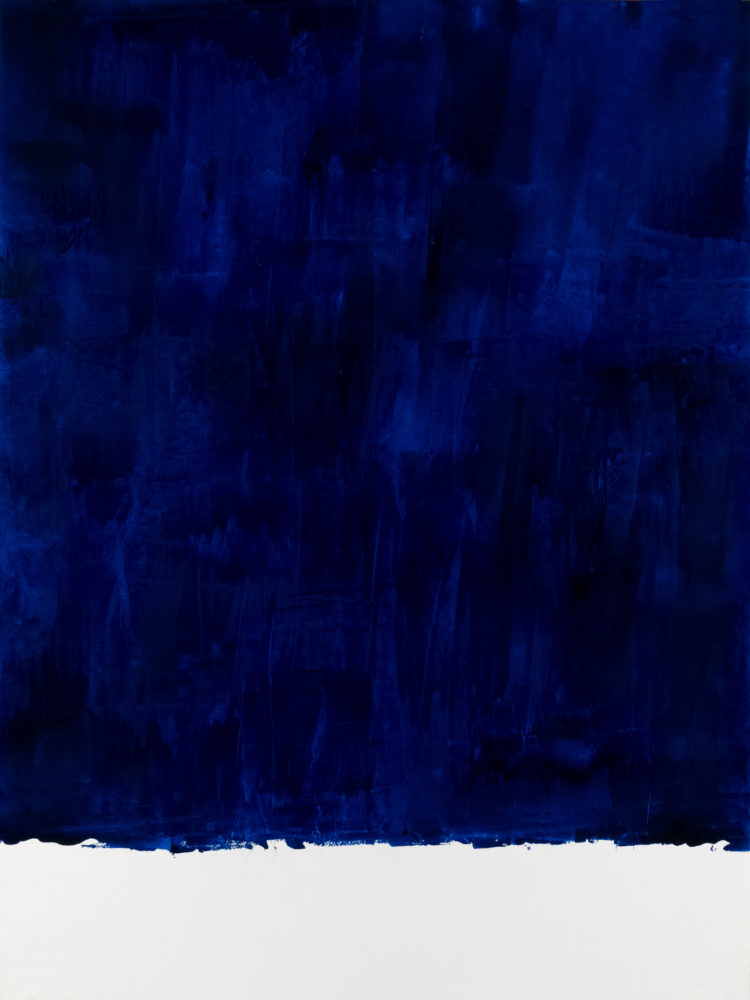
I have a few things I would to do before I die, projects that have been kicking around for a long time. I imagine I am far from alone on this. And when someone l know dies suddenly, my thoughts run to their unfinished business.
Fred Lipp and my father died just months apart in late 2016. Both discovered they had cancer and both went quickly. I took a painting class with them for twenty years before it crash landed. Fred was a great teacher and even a good teacher’s work is never done. You live with and by the advice. You practice it and you pass it on. It is unfinished by design. This teacher was also an artist, as good an artist as he was a teacher, and his art will also live forever. It is unfinished business.
It took Fred’s family a long time to reallocate his worldly goods. His studio, a retrofitted barn behind his home in Union Hill, was packed with his work. His daughter recently invited Peggi and me to come out and look at the leftovers. We spent the afternoon telling stories about Fred. He loved to laugh and his spirit was there with us.
I spotted a box of Bocour Magna Acrylic Resin artist paint, a brand I had never seen before. The tubes were still pliable so I brought them home. White metal section frames that Fred showed charcoal drawings in over the years were stacked against the wall. I took some of them as well.
I applied some of the paint to paper and found it had a really strong odor. The colors were rich though, purer and denser than any paint I had ever used. “Loaded” as they say. I tried cleaning my brushes with water but it wouldn’t touch it. Neither would walnut oil or turpentine. What was this acrylic resin stuff?
Online I learned Bocour was the first artist’s acrylic paint, used by Barnett Newman, Morris Louis, and Roy Lichtenstein. I took one of the tubes down to my neighbor’s. A former chemist at Kodak, he suggested thinning the paint with acetone. The smell of the paint stayed in my nose for hours and I wasn’t crazy about using the solvents to thin or clean up. But I was determined to do something in remembrance of Fred with his materials. I made big paint chips from the sixteen colors, each 1/3 of an 8 1/2 x 11 sheet, and went to Rochester Art Supply see if I could find modern equivalents to Fred’s colors.
Mike, the owner, told me he remembered Leonard Bocour “coming in the store with a woman on each arm.” Mike pointed to the shelf where they kept the line of Bocour products. Golden Acrylics, today’s water based artist paint, has been having a hard time getting pigments from various parts of the world during the pandemic so I wasn’t able to get replacements.
I became enamored with the paint chips. How the color bled off three sides and stopped short of the bottom and how they fit the unfinished business concept. With a plastic trowel I covered sixteen large sheets of paper, paper that will fit nicely in the 20″ x 26″ white metal section frames that I brought home from Fred’s.
When Fred was in the army they called him Fred instead of his given name, Fritz. Fred always signed his artwork with the name Fritz. This piece is “For Fritz.” See all sixteen panels here.
Pete Monacelli is not afraid of these paints and he offered to buy them from me. Fat chance. I will give them to him the next time I see him. No piece is done until it is photographed and this took the better part of a week. Using 4 Lowel Toto lights that Duane gave me, I struggled to evenly light the work. Duane found photo bulbs online to replace my Home Depot bulbs and he helped me get the white balance. Over the phone from Brooklyn he found the ideal settings which I will record here for the record. Shutter speed at 1/125, Aperture at F8, ISO at 640 and a custom white balance (1). Once photographed Peggi, also a student of Fred’s, helped me color correct these online versions. See all sixteen panels here.
8 Comments
